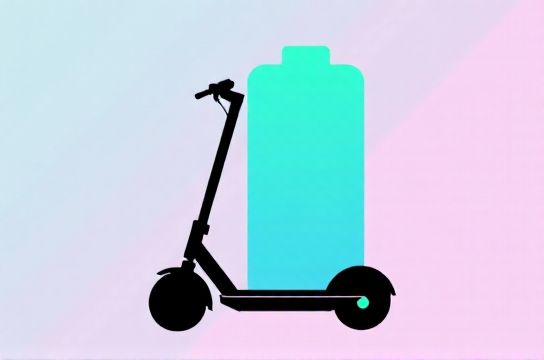Electric Scooters Compared Real World Performance and Range
- 时间:
- 浏览:25
- 来源:OrientDeck
So you're thinking about hopping on the electric scooter bandwagon? Smart move. These sleek, eco-friendly rides are zipping through cities faster than a barista during morning rush hour. But here’s the real talk: not all e-scooters are created equal—especially when it comes to real-world performance and range.

Kick It Up: Real Talk on Range
Manufacturers love tossing out big numbers like “40 miles per charge!” Sounds amazing—until you’re stranded two blocks from home with a dying battery. Why? Because those claims are often based on ideal lab conditions: flat terrain, 60kg rider, no wind, and a gentle throttle. Reality? Hills, heavy loads, cold weather, and aggressive riding can slash that range by up to 50%.
Let’s break down some top models under real-life urban conditions:
| Scooter Model | Claimed Range (mi) | Real-World Range (mi) | Battery (Wh) | Top Speed (mph) |
|---|---|---|---|---|
| Segway Ninebot MAX G2 | 40 | 28–32 | 551 | 18.6 |
| Xiaomi Electric Scooter 4 Pro | 31 | 20–24 | 456 | 16.8 |
| Unagi Model One | 15 | 9–12 | 250 | 15.5 |
| NIU KQi3 Pro | 43 | 30–34 | 637 | 19.9 |
As you can see, actual mileage drops—but models like the NIU and Segway hold their ground thanks to larger batteries and efficient motors.
Riding the Rough: Performance That Matters
Range is great, but what about how it feels to ride? Let’s talk acceleration, suspension, and hill-climbing. If your commute includes hills or bumpy sidewalks, dual motors and suspension systems make a world of difference.
- Acceleration: The NIU KQi3 Pro rockets from 0 to 15 mph in just 3.8 seconds—perfect for merging into traffic.
- Suspension: Only premium scooters like the Segway MAX G2 and Unagi include front or rear shock absorption. Big deal? Absolutely. Try hitting a pothole at speed without it.
- Hill Climbing: Most scooters handle inclines up to 15%. The Segway and NIU maintain speed even on 18% grades, while budget models start wheezing.
Beyond the Basics: What You’re Not Being Told
Battery longevity matters. A high-quality lithium-ion pack lasts 3–5 years, but frequent deep discharges shorten its life. Pro tip: keep your scooter charged between 20% and 80% for peak battery health.
And don’t sleep on tire type. Pneumatic (air-filled) tires offer better grip and comfort but can puncture. Solid rubber tires? Maintenance-free but bumpier ride.
The Final Charge
If you need reliability over long distances, go for higher Wh batteries and trusted brands. For short urban hops, lighter models like the Xiaomi 4 Pro strike a sweet balance.
Bottom line: Don’t trust the sticker. Test real-world specs, prioritize build quality, and charge smart. Your future self—stranded uphill in the rain—will thank you.